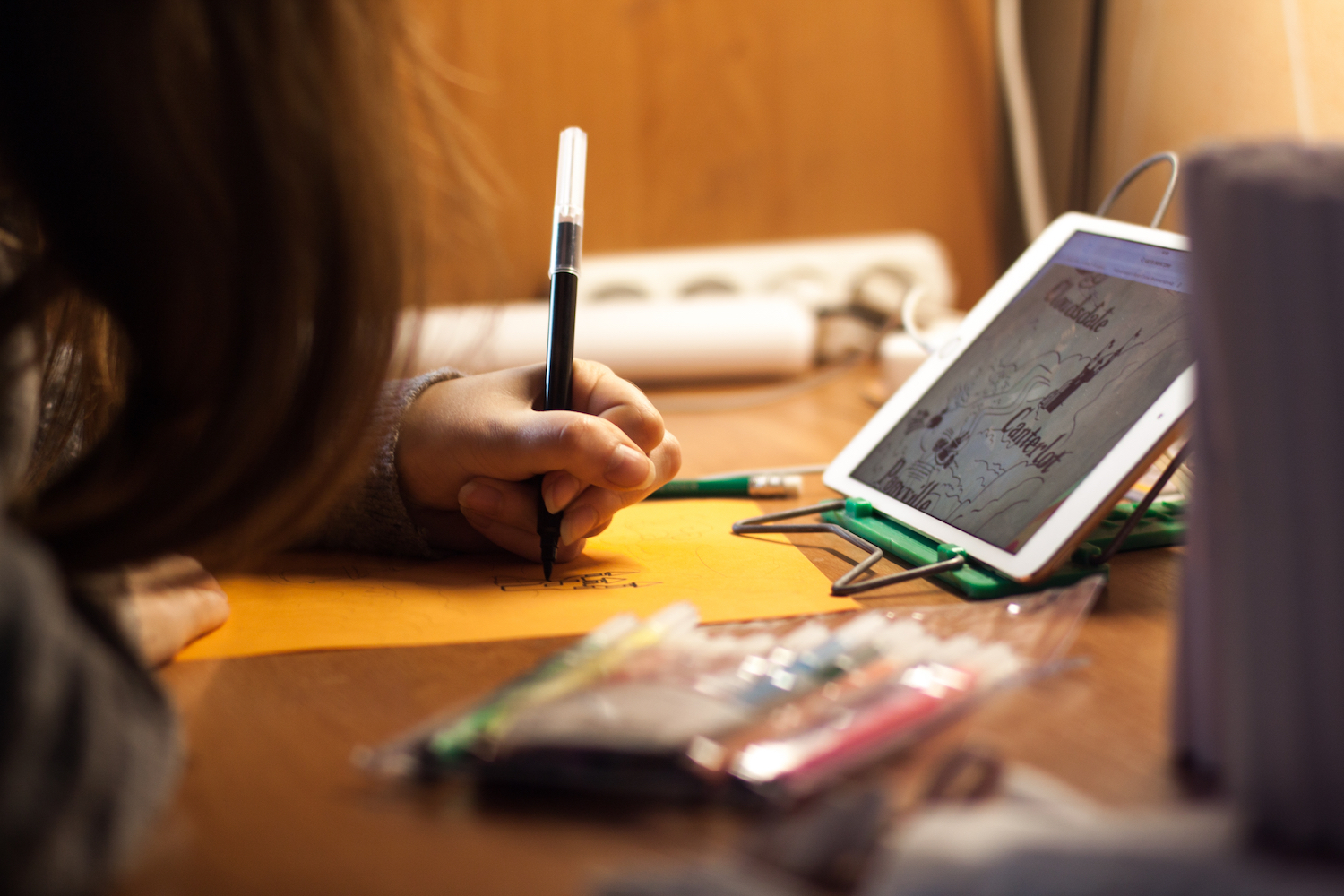
Since it was declared a pandemic, the COVID-19 has brought changes to our lifestyle and daily routines.
As the number of infected cases increasing rapidly, most workplaces have been ordered to shut once the circuit breaker measures were put in place from 7 April 2020. Schools have also switched to home-based learning, while preschools and student care centres have suspended their services, with the exception of parents who work in essential services and with no alternative care arrangement.
With that, most parents are now working from home while supporting their children in their home-based learning. Once the learning tasks are done for the day, however, mums and dads struggle to keep their children engaged and entertained so that they can carry on with their work tasks.
Chances are, most would then give in to letting their children spend time with their devices.
While this seems to be a necessity during this crucial period, what are some best practices that you can put in place for your children’s screen time as we all stay home during the COVID-19 circuit breaker period?
Here, we share some of the recommendations from experts on keeping your child’s screen time regulated, along with tips to use devices wisely.
Read also: 11 Fun and Awesome Things to Do at Home with Kids
Striking a Balance in Your Child’s Screen Time During the COVID-19 Period in Singapore
1. Do it together
There is a difference between leaving your child alone with their devices versus doing the on-screen activities together with him/her.
Studies suggest that when children and their parents watch screens together, the little ones are more likely to learn new things. Experts also recommend that parents play a very important role in directing their children’s attention to specific, high-quality content by talking to them about what is being viewed. What’s more, parents can also take this opportunity to bond with their children and to reinforce when they have learnt by making the content relatable to their children’s daily lives.
So, as much as possible, do sit down with your child – even if it’s just for a while – to enjoy screen time together. Talk to your child about what you both are seeing on the screen and set him/her thinking by asking open-ended questions.
For younger children, you can also describe the scene by including details that your little one can understand. This will help to build their language skills. For example, Bubba Bear is wearing a blue coat and he is carrying a red backpack.
2. Go for high quality, educational content
According to paediatric experts, screen time can benefit children above two years old – provided that they are consuming the right type of content.
High-quality content is often designed to meet the learning and developmental needs of young children. This includes the likes of helping them learn new words and sounds, as well as to introduce new concepts such as numeracy.
A great example of quality kids’ content is Sesame Street, which draws young children through its engaging characters that were created to help children learn in a fun way.
3. Use it to connect with your loved ones
Social connection is important for children and paediatric guidelines encourage using video chats to help infants and children stay in touch with family, friends and loved ones. Thus, using “screen time” to catch up with the people in your child’s life is indeed a healthy way to use devices.
While we are urged to stay home during the COVID-19 circuit breaker period, you can give your child opportunities to reach out to extended family members. Not only will your loved ones be pleased to have face time with your child, your little one will also get to learn how to interact via video calls. This experience is far more beneficial than having your child stare at the screen excessively.
4. Set a good example
Yes, despite the COVID-19 circuit breaker, work doesn’t stop and you can’t help but to keep up with the latest updates on the situation through your social media feeds. Without realising it, you end up spending a lot of time on devices yourself.
To get your children to adopt healthy screen time habits, you need to take the first step and set a good example for them to follow. You can do this by taking screen breaks and engage in device-free activities such as reading, cooking or exercising. This will lead your child to explore other activities that they can enjoy which do not involve staying glued to their devices.
5. Let your child embrace boredom!
Remember the last time you and your child felt bored, which then led to the declaration that there was “nothing to do”?
When we’re bored, we will be pushed to use our imaginations to come up with new ideas to entertain ourselves. But with our busy schedules and the time we spend on devices, boredom has become a rare occurrence in our lives.
With your family’s work and learn from home arrangements during this period, give your child the opportunity to use his/her imagination and deal with the feelings of boredom and stillness. Enforce the no-screen rule and encourage your child to explore other alternatives to keep himself/herself occupied instead.
One great activity that you can do together is to make a list of values and skills that you want your child to develop and for you refresh your life. This includes important life values such as compassion, empathy and the ability to connect meaningfully with others.
There are many lessons that we can learn simply by being bored, so let’s not deprive our children of this experience.
Read also: 7 Tips to Work From Home with Kids Effectively During the COVID-19 Circuit Breaker Period
While it may take a while before the COVID-19 situation settles down, this presents a great opportunity to create precious bonding moments with your child. Do remember to pull away from your screens every once in a while!























